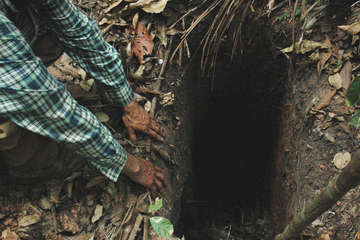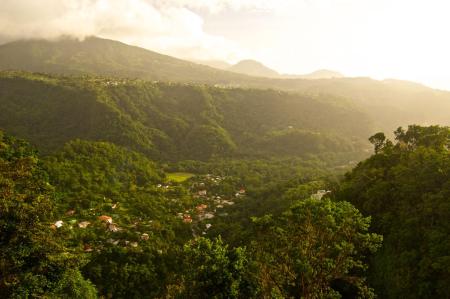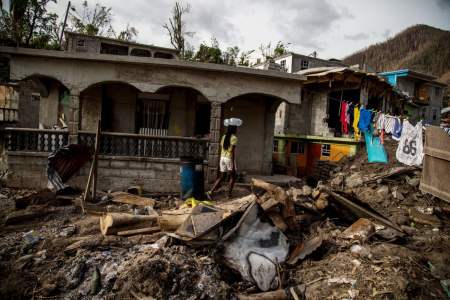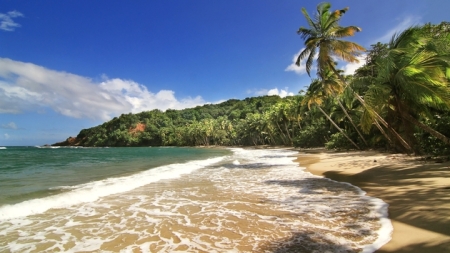 We have a huge plastic problem! It is literally everywhere and is a toxic problem as it is part of our daily lives.
We have a huge plastic problem! It is literally everywhere and is a toxic problem as it is part of our daily lives.
Plastic pollution is an epidemic primarily because it never biodegrades and it never goes away. An astonishing 50% of the plastic we use, we use just once and throw away. It is flooding our landfills, oceans and streets and does not solve the problem of long-term waste.
It’s also a huge problem for the health of wildlife, as many animals ingest it thinking it is food and can have problems thereafter breathing and digesting.
How do we make plastic more sustainable?
The bottom line is that there is simply too much plastic for our world to handle, and the problem is getting worse. Therefore today’s solution is less about recycling and more about minimizing plastic consumption and supporting brands that have innovative solutions to plastic production and waste.
Toothbrushes are detrimental too.
If we listen to our dentists, we should replace them at least every three months. That means we all chuck 4 plastic toothbrushes into landfill each year because they aren’t recycled. That is 40 toothbrushes a decade. Say the average age we live to in the UK is 80 something. That’s around 320 plastic toothbrushes each, and then times that by 66 million. Feeling queasy yet and not just because maths makes your head hurt?
 It takes about 200 to 400 years for a plastic toothbrush to actually decay, and scientifically plastic doesn’t decay. It just deforms and moves into either the soil level or the water level. So that’s 4 toothbrushes, per person per year, think about how many years worth of plastic each person is adding. So what’s a solution? Bamboo.
It takes about 200 to 400 years for a plastic toothbrush to actually decay, and scientifically plastic doesn’t decay. It just deforms and moves into either the soil level or the water level. So that’s 4 toothbrushes, per person per year, think about how many years worth of plastic each person is adding. So what’s a solution? Bamboo.
Who would think, bamboo?  If brands can work towards eliminating plastic straws, why not Toothbrushes?
If brands can work towards eliminating plastic straws, why not Toothbrushes?
Bamboo is sustainable because it is so fast growing, and it biodegrades. If it is a choice between a wooden handle and adding to the ever-growing pile of plastic toothbrushes in landfill I know what I’m choosing.
With plastic being such a massive detriment to society, switching out the first plastic thing you use in the morning, the toothbrush is a good approach for the average consumer to reduce plastic.
Bamboo toothbrushes are more expensive, in monetary terms alone. When you factor in the cost to the environment and the fact that plastic is made using oil, a non-renewable resource, the real cost of a plastic toothbrush becomes more apparent. If you are planning on bequeathing your plastic toothbrushes to your grandkids and they to their own grandkids, then you’ve eventually got your money’s worth environmentally speaking.
Switch to stainless steel bottles, and bamboo straws!
Grocery bags of course, there are so many natural options like Jute and Cotton bags.
 View along the east coast of the Kalinago Territory
View along the east coast of the Kalinago Territory 
 The houses are built using a low-carbon modern method of construction with locally sourced straw and timber using super-insulated, prefabricated wall panels. In contrast to a conventionally built home which produces around 50 tonnes of CO2 during its construction, a home built using straw bale as insulation can actually store 12.25 tonnes of CO2!
The houses are built using a low-carbon modern method of construction with locally sourced straw and timber using super-insulated, prefabricated wall panels. In contrast to a conventionally built home which produces around 50 tonnes of CO2 during its construction, a home built using straw bale as insulation can actually store 12.25 tonnes of CO2! The community meets twice a week to eat together in the Common House: time is spent relaxing over meals, or working together to produce them creates spaces to talk and share and build the links that help sustain the community. The community also hosts a delivery hub for several cooperatives and smaller organic suppliers. In the Common House there is a shared kitchen and a pantry for food bought in bulk. Skills share workshops are organized around food and learn new ways to source and prepare food.
The community meets twice a week to eat together in the Common House: time is spent relaxing over meals, or working together to produce them creates spaces to talk and share and build the links that help sustain the community. The community also hosts a delivery hub for several cooperatives and smaller organic suppliers. In the Common House there is a shared kitchen and a pantry for food bought in bulk. Skills share workshops are organized around food and learn new ways to source and prepare food.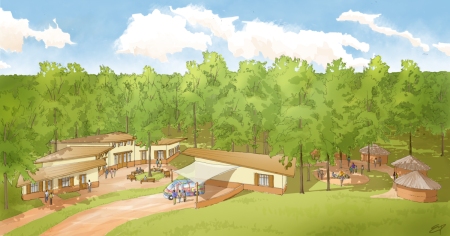 The Umoja Center for Sustainable Living
The Umoja Center for Sustainable Living 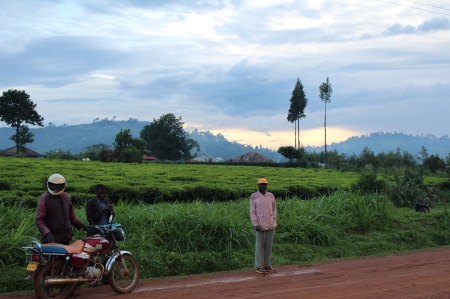
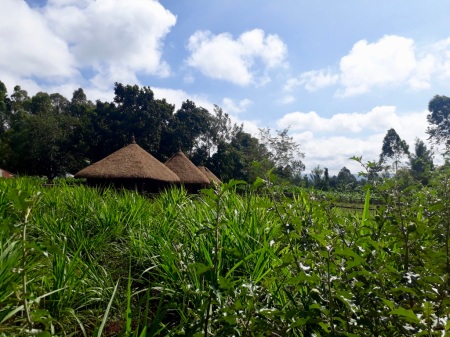
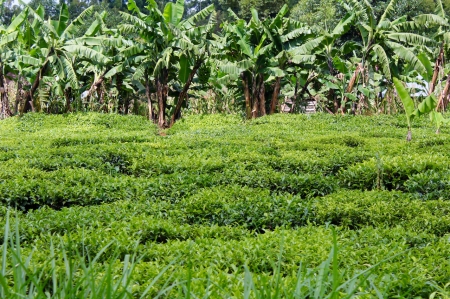 Tea and banana trees around the village.
Tea and banana trees around the village.  Grass covered roof used a break out space
Grass covered roof used a break out space

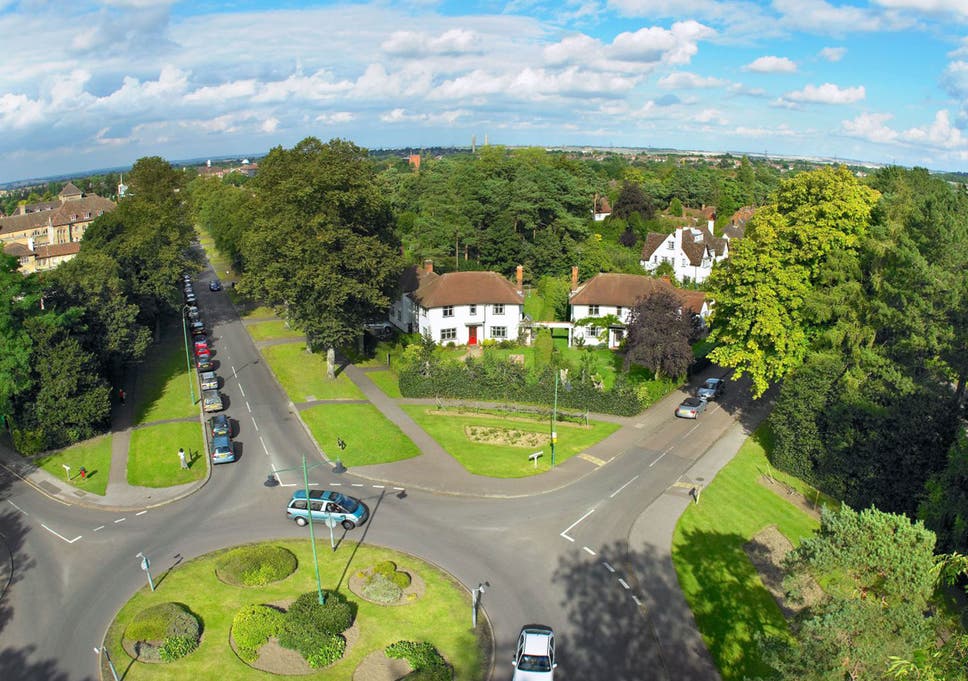 Letchworth was the world’s first garden city
Letchworth was the world’s first garden city  Ariel view of traditional Maloka, Yanomami communal dwelling in Roraima, Brazil
Ariel view of traditional Maloka, Yanomami communal dwelling in Roraima, Brazil